Hello Ryan! Please could you first introduce yourself to the reader?
I am Ryan Boultbee, a visual artist based in the Midlands. Through my artwork, I want to make people look at the spaces and places they occupy.
I create interventions that sit in-between art and architecture; they usually add to, take from, and alter everyday spaces. I hope to make the viewer more aware of the structures they live in - and how easily they can be re-built and re-imagined. I'm currently finishing off my MFA, and I co-run No Jobs in the Arts: a project that supports young and emerging artists in my region, the East Midlands.
Please describe your artistic work in 3 words.
Art-Architecture, Space, rework.
Tell us more about your work at Idar-Obstien, Germany.
I attended a residency in Idar-Obstien: a small town near Frankfurt that was once the heart of the European gemstone industry. I was one of three artists given living, studio and exhibition space in exchange for helping deliver a cultural project for the gallery that was hosting us.
I lived, explored, and practised alongside two very experienced international artists; they openly shared their knowledge and, undeniably, our conversations helped to shape my ideas. I'd say I learnt more from interacting with these artists than from the sculptural pieces I created.
What inspired this work?
The work became inspired by the conversations we had about the sustainability of our artworks. I worked with found objects from the gallery and explored the gemstone history of Idar-Obstien. One of the sculptures I enjoyed making came from tearing up wooden fruit boxes. I removed metal staples from the boxes to create a chain and then inserted fragments of wood. The design meant I could create a sculptural form that wasn't glued or stuck; everything was held in place by friction, and the components were all salvaged from the fruit boxes.
I found the project led to me questioning what happens to my artworks when they're 'done'. In this case, once the exhibition of the residency work finished, the piece could be pulled apart and used as firewood – the original intent for the fruit boxes.
What impact did you hope this work had on audiences?
The sculpture tried to capture the effect you get when you look at a glittering gemstone - think about looking at a diamond. Gems are such tiny things, but when you move around them, you see these flashes of light that reach out into the space way beyond their form.
I wanted to create a sculpture that did the same thing: that reached out beyond itself. I liked how you could walk around my artworks, and the structure would look different from every angle. Also, you got these little flashes of colour that I hid within the piece; they would drift in and out of focus, depending on your position in the room.
What has it been like to be an artist during Covid-19? Tell us about some of the challenges you've faced and how you've tried overcoming them.
I've found it very hard to create a productive space at home. I tried to turn my bedroom into a studio during the COVID-19 lockdown. I felt like I was set-up to do 'something' and I had this fantastic opportunity to focus on my work, but in the end, nothing happened.
To sum up my lockdown experience: I struggled to think, create, or do anything at home. Even the most straightforward task - colouring in-between the lines - was a challenge. I tried lots of different strategies, but I didn't manage to overcome that one: I'll admit there was no epiphany or incredible period of personal growth. I just spent a lot of time with my practice and tried to get through it.
Has your time in lockdown due to Covid-19 brought about any new creative projects? How have you stayed artistically motivated during this time?
I've been lucky to have been involved in a few projects to keep me creatively ticking over. I got to create a small activity pack to encourage people to engage with the spaces in their homes as an artistic project. Also, I worked with my MFA cohort to deliver a digital exhibition for Nottingham Contemporary. If I'm honest, I've stayed creatively motivated by doing the odd bit of reading and writing. But, looking back, I wish I'd used the opportunity to do some more drawing.
What has your experience been like with UK New Artists?
UK New Artists have been fantastic in supporting the development of my practice and my skills as a professional contemporary artist. I've been involved in several of their projects, and each one has offered experiences that have changed how I approach my work.
For example, during their Artshake Residency, I had the opportunity to work alongside leading British, Chinese, and Korean artists, as we made work in response to an abandoned mooncake factory in Shanghai, China. I'd encourage anyone who is a practising emerging artist to keep a sharp eye on their resources and consider applying to their opportunities.
Have any particular artists influenced your artistic style?
I'm currently absorbed in the work of Gordon Matta-Clark (1943-1978). He's the first artist I've been properly captivated by; I imagine part of it is because we share the same background: an architecture student turned artist. I find how Matta-Clark uses built spaces as an artistic medium genuinely inspiring.
People can find his power-tool cuts into buildings aggressive or needlessly destructive; however, I see the artist’s intent to change the viewer's experience of space using what is there: the architecture. My practice is heading towards more Matta-Clark like building manipulations in the next few years.’
What advice would you give to young creatives who are interested in a career in visual arts?
It's a bit cliché, but I think you should find out who's work you're interested in, try talking to who made it, find others who share your artistic interests, and those who don't. I still forget how valuable it is to talk to people about the art you're engaging with.
Also, make the most of your local creative community. Have a look at what resources and opportunities that are close to home - tap into the art community that is around you. You can travel around the world hunting down arts opportunities, but I've found the creative opportunities I've seen locally have been the most useful for developing my skills as a visual artist.
How can people find out more about yourself and your artwork?
You can find out more about my artwork by visiting my website, however, it is one of those things that I can never find the time to update: www.ryanboultbee.co.uk. I think the best way is to find out more is to keep an eye out for my work, or better still, say hello.

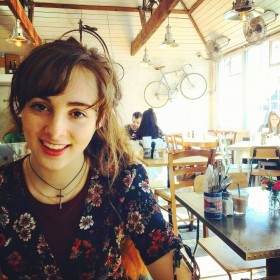
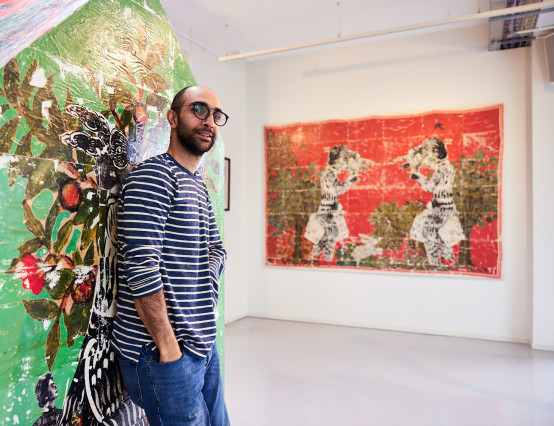
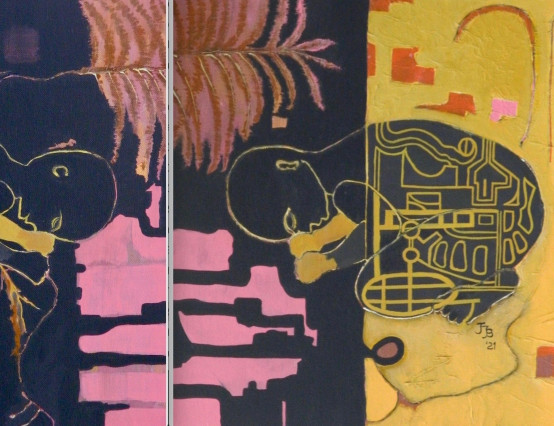
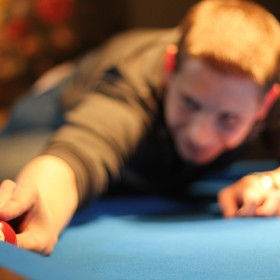

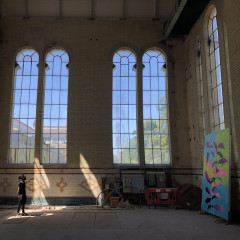
I love this approach to art!